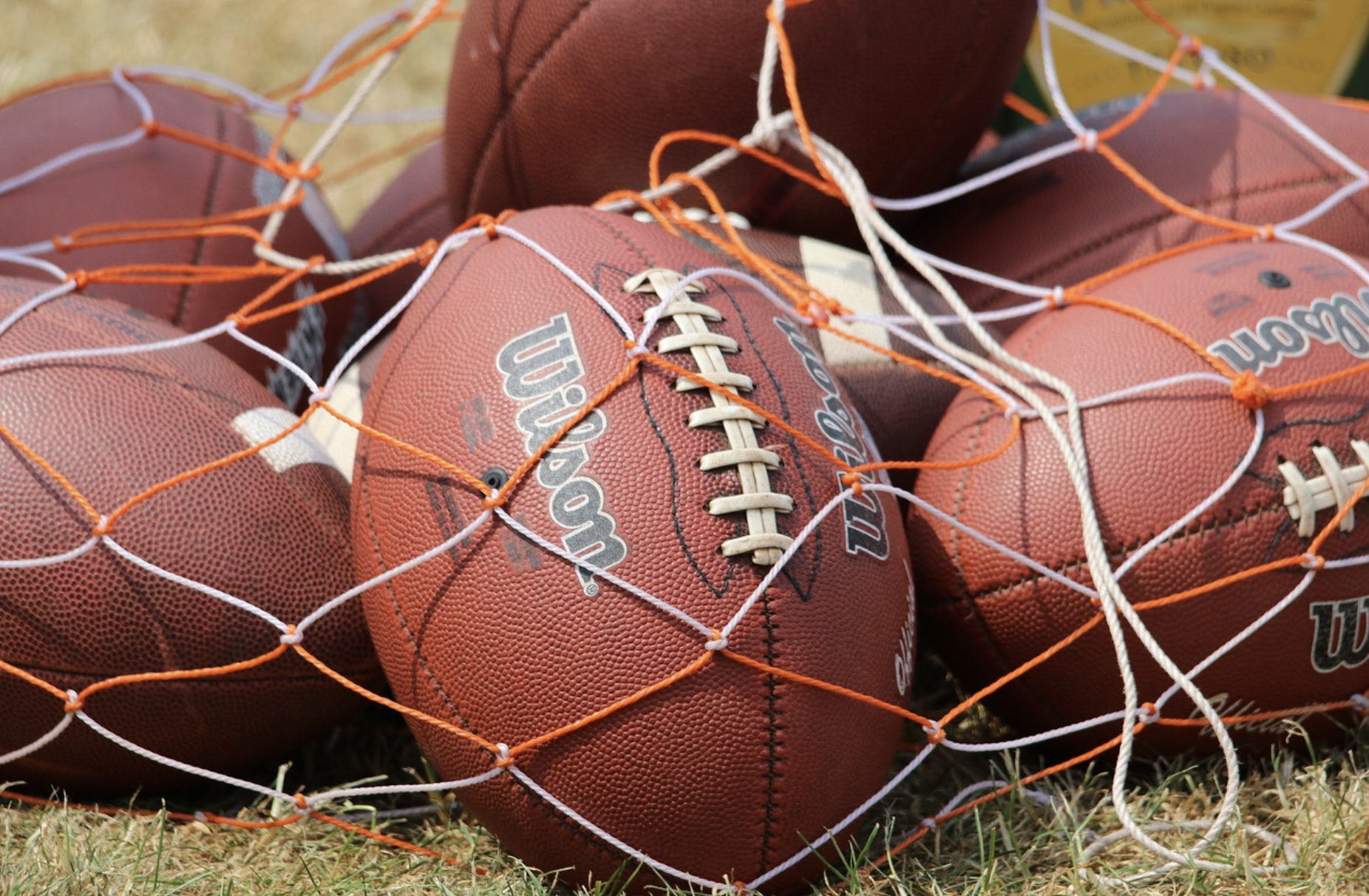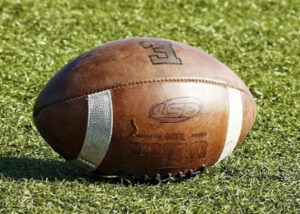
I mentioned in a previous post that purchasing footballs could be the biggest investment a kicker could make. There are thousands of different footballs on the market today. So with all these choices what are the best footballs for kicking?
We will discuss the many different options in this post and how they can impact a kicker
Material
Footballs are made out of many different types of material. The majority are synthetic leather or some other type of composite. If you are just getting started or younger than the synthetic footballs are a good way to start. They are less expensive and will allow you to start learning the basics.
For kickers and punters who are serious about competing at the highest levels it is necessary to practice with genuine leather footballs. Game balls are made of authentic leather and they react differently to foot contact. In order to set yourself up for success you want to practice with the balls you will be kicking in game conditions.
There are different grades of leather and not all genuine leather footballs are created equal. Some leather is softer than others and has more spring to it. Some leather is stiff and rigid and can hurt when kicked. I will write another post on some tricks that I have heard kickers used to break in the perfect kicking balls.
Size
You can practice kicking at a young age. If you are 12 or under I would recommend using a “youth” size football. This will help both kickers and punters. It is very common to see young kids trying to punt high school size balls and they are so big they cannot hold the ball properly. This encourages poor form and can cause kids to develop bad habits that are hard to break.
The National Federation of State High School Associations are the rule makers for high schools and you want to make sure that if you are in high school that you are purchasing footballs that are approved size. Typically high school and college balls are similar sizes.
I doubt anyone who is in the pros will ever read this post but if you do than please post some comments below. The pros use the Wilson “Duke” and is standard throughout the league.
Shape
I thought all footballs had the same dimensions and I thought wrong! Some balls are skinny and some balls are fat. Typically the quarterbacks decide which balls will be used in the games. In college many of the teams are sponsored by a specific brand which can limit the selection.
In general, kickers like fat balls and punters like skinny balls. The fat footballs help prevent a kickers foot from wrapping around the ball. Skinny footballs are easier to hold for punters and tend to be a little easier to get a tight spiral with. There is also a perception that fatter balls tend to be more broken in and have more spring off the foot. I am not sure if this has been scientifically proven but if you watch kids at kicking camps there are usually a couple of balls that all the kids fight over
I recommend that you find out what type of balls will be used in game situations and practice with those. If you do not plan on kicking in games than I would test out the different shaped footballs and decide for yourself what you prefer.
Brand
Nike, Wilson, Spalding, Rawlings, Adidas, and Under Armour all make authentic leather game balls. I would recommend practicing with what you will be using in the games. These genuine leather footballs are usually around $100 and will be a significant investment. The other option is to barrow the quarterback bag before or after practice so you have an opportunity to practice with game balls.
Conclusion
Not all footballs are created equal. Make sure you do your research before investing in new footballs. Ask your coaches if there are extra footballs that you can practice with. Many quarterbacks do not like throwing brand new football so offer to break them in for them. There are a lot of options out there and I hope this post helped you with your decision. If you have questions or comments please let me know. If you are a professional and reading this I would love to get your comments!